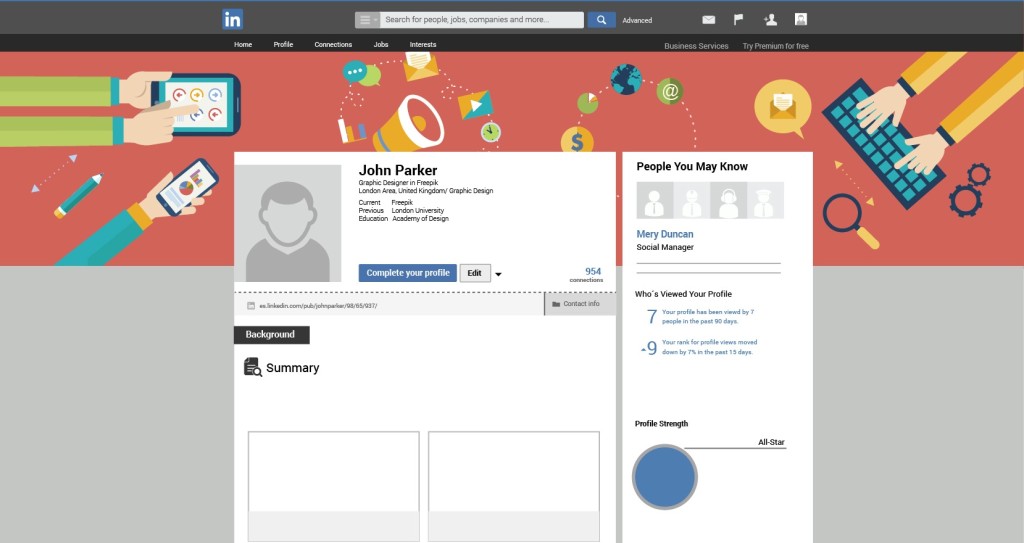 As a social network built for busy professionals, LinkedIn would seem to be a no-brainer for any B2B marketer trying to find sales prospects and potential leads. And, yet, as David Karel, LinkedIn’s head of B2B marketing, points out in a recent interview – most companies are doing it all wrong.
As a social network built for busy professionals, LinkedIn would seem to be a no-brainer for any B2B marketer trying to find sales prospects and potential leads. And, yet, as David Karel, LinkedIn’s head of B2B marketing, points out in a recent interview – most companies are doing it all wrong.
According to Karel, you can’t spam total strangers with sales offers or phone call requests, and that’s exactly what many B2B marketers end up doing on LinkedIn. You can’t fault them – it just seems so easy, almost like shooting fish in a barrel. After all, on LinkedIn you have prospects identifying who they are, what industry they’re in, and what type of job function they have. No wonder many B2B marketers just lurk on LinkedIn forums all day, ready to offer up their services at any convenient moment to anyone who asks a question.
According to Karel, though, that’s going about it all wrong. For one, people do not go on LinkedIn with the hope of being pitched products or services. Instead, they are hoping to consume industry-specific content, to learn and to be informed. In short, they are going on LinkedIn to become better at their jobs.
Karel cites an interesting statistic to illustrate this point: There is now 15 times more expert content and advice on LinkedIn than job-related posts or openings. What is happening, says Karel, is that companies are learning they need to share valuable content with their audiences. This content needs to solve their problems, address their pain points, open new market opportunities, or educate them about new trends and ideas.
That sounds a lot like a thought leadership approach. If you’re a thought leader in your industry, you will have people coming to you. As part of that strategy, Karel recommends using SlideShare to share slide decks, infographics and informative videos. (No surprise, really, since LinkedIn now owns SlideShare).
The important point is that adding this expert content then gives you “permission” to reach out to potential prospects. You are exchanging value for value. Every time you share an informative slide deck (and not just a pitch deck), you are helping people get better at their jobs. Every time you share an infographic, you are helping to tell a story in a highly visual way. According to Karel, LinkedIn is starting to place a lot more emphasis on visual storytelling. Videos and infographics are a lot easier to digest – and more sharable – than just a lot of text.
There’s one other point, says Karel – companies must always understand the context when they’re on LinkedIn. They need to see themselves as part of a broader industry ecosystem rather than just as someone who can dart in and dart out whenever convenient. It may be obvious, but that also means keeping a professional tone. It may be tempting to try to “break through the clutter” with something very different, but that usually doesn’t work on LinkedIn.
So keep it short, keep it professional and keep it relevant, and you could start to see a real improvement in the way that LinkedIn is helping to leverage your overall B2B marketing efforts.
